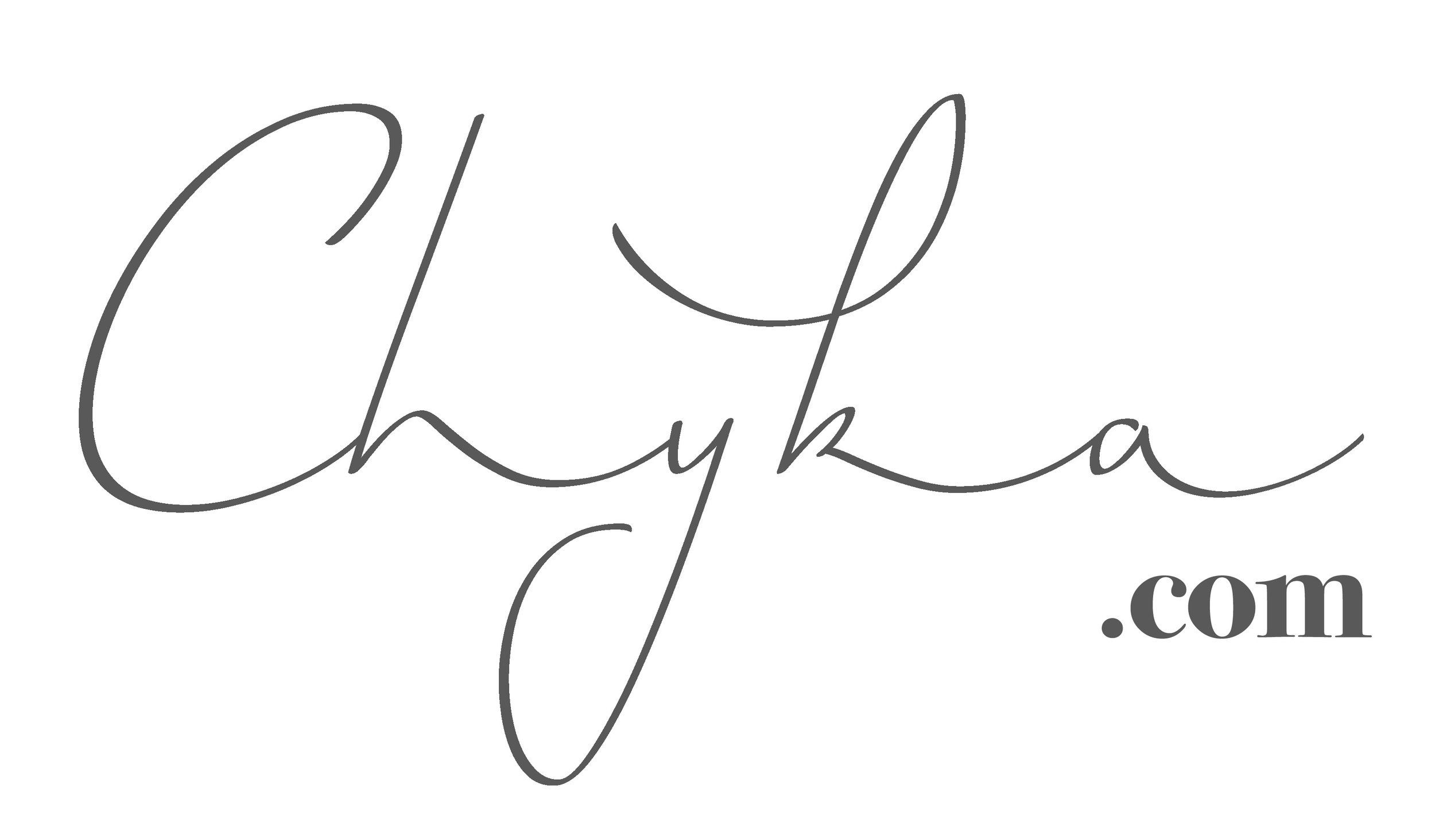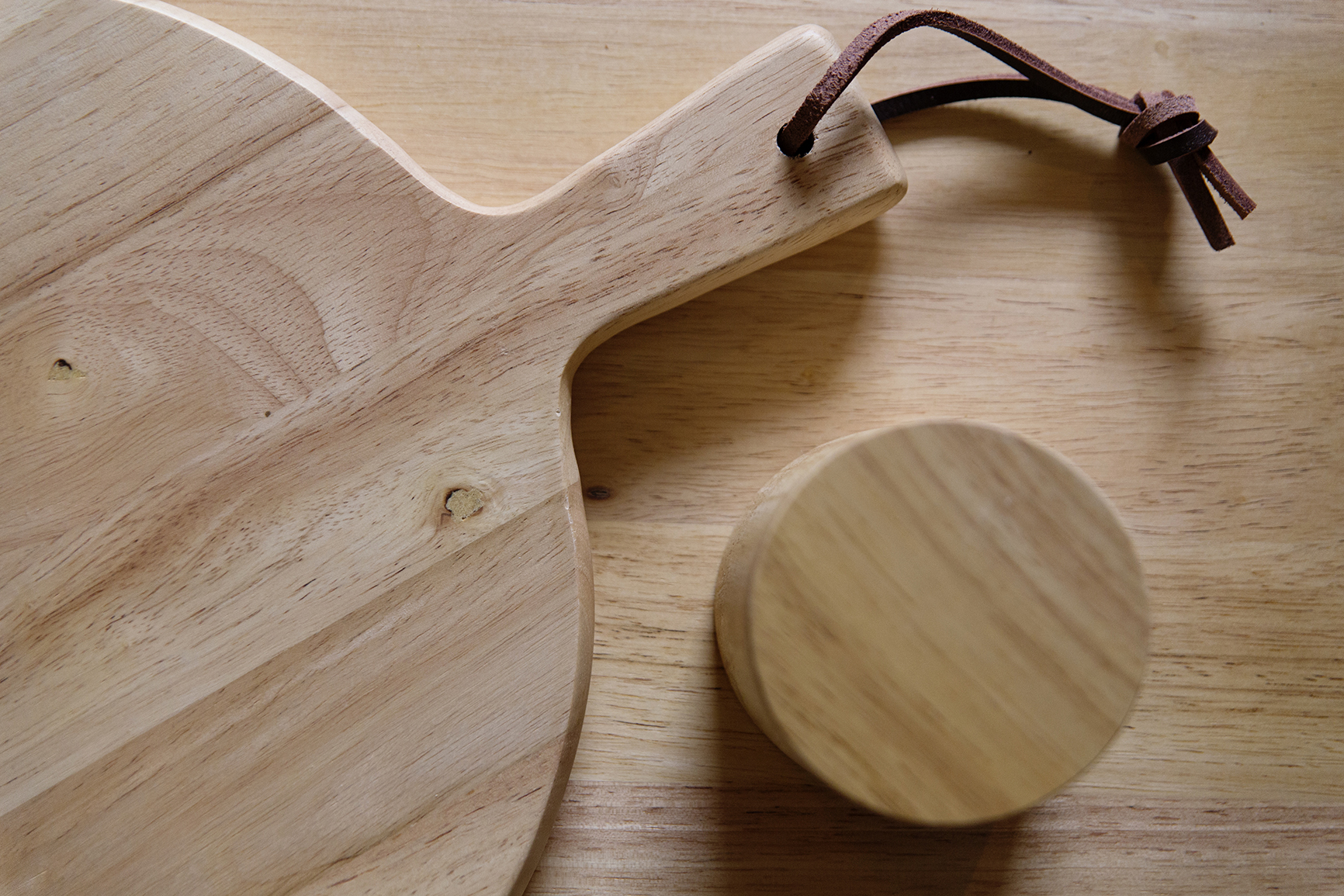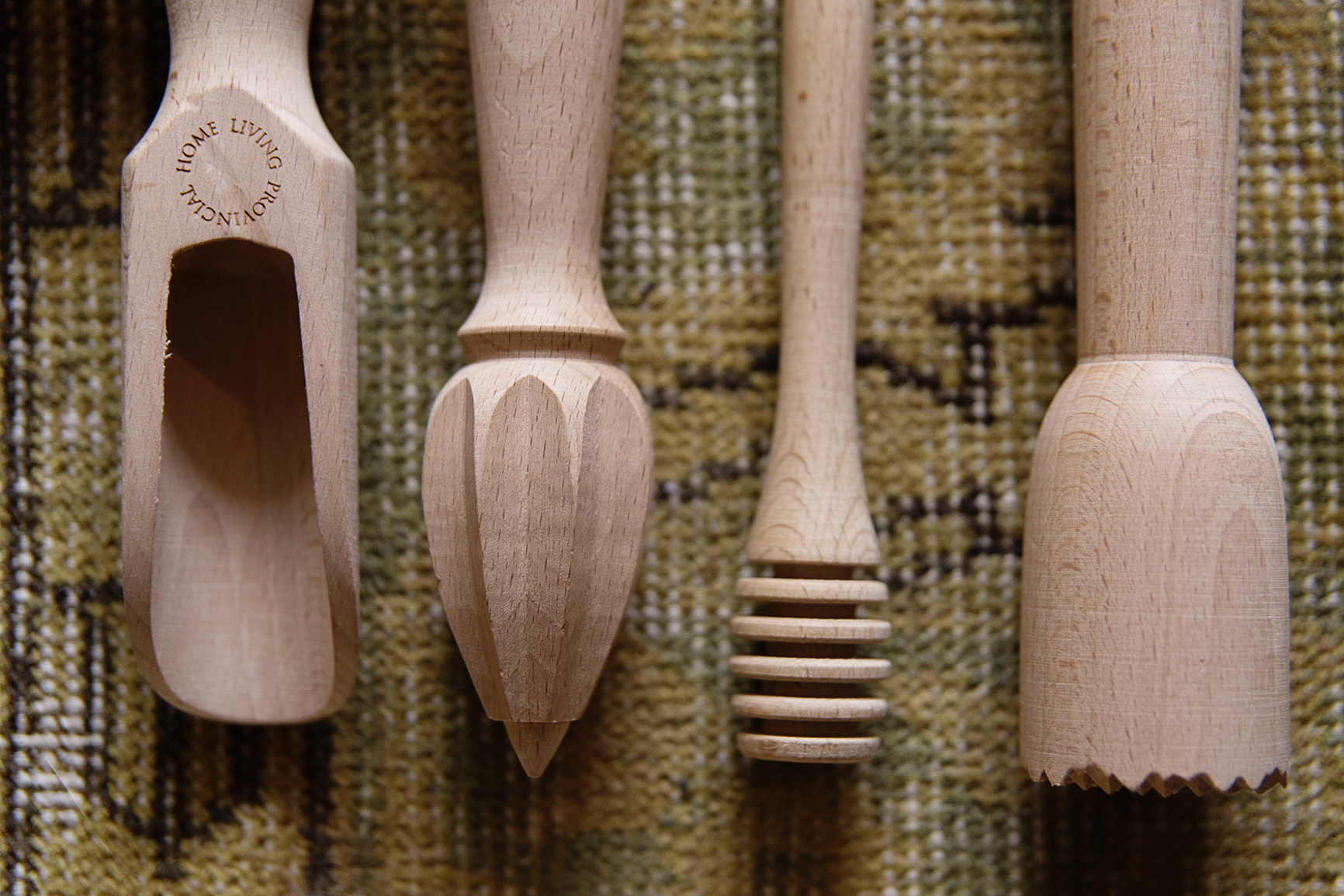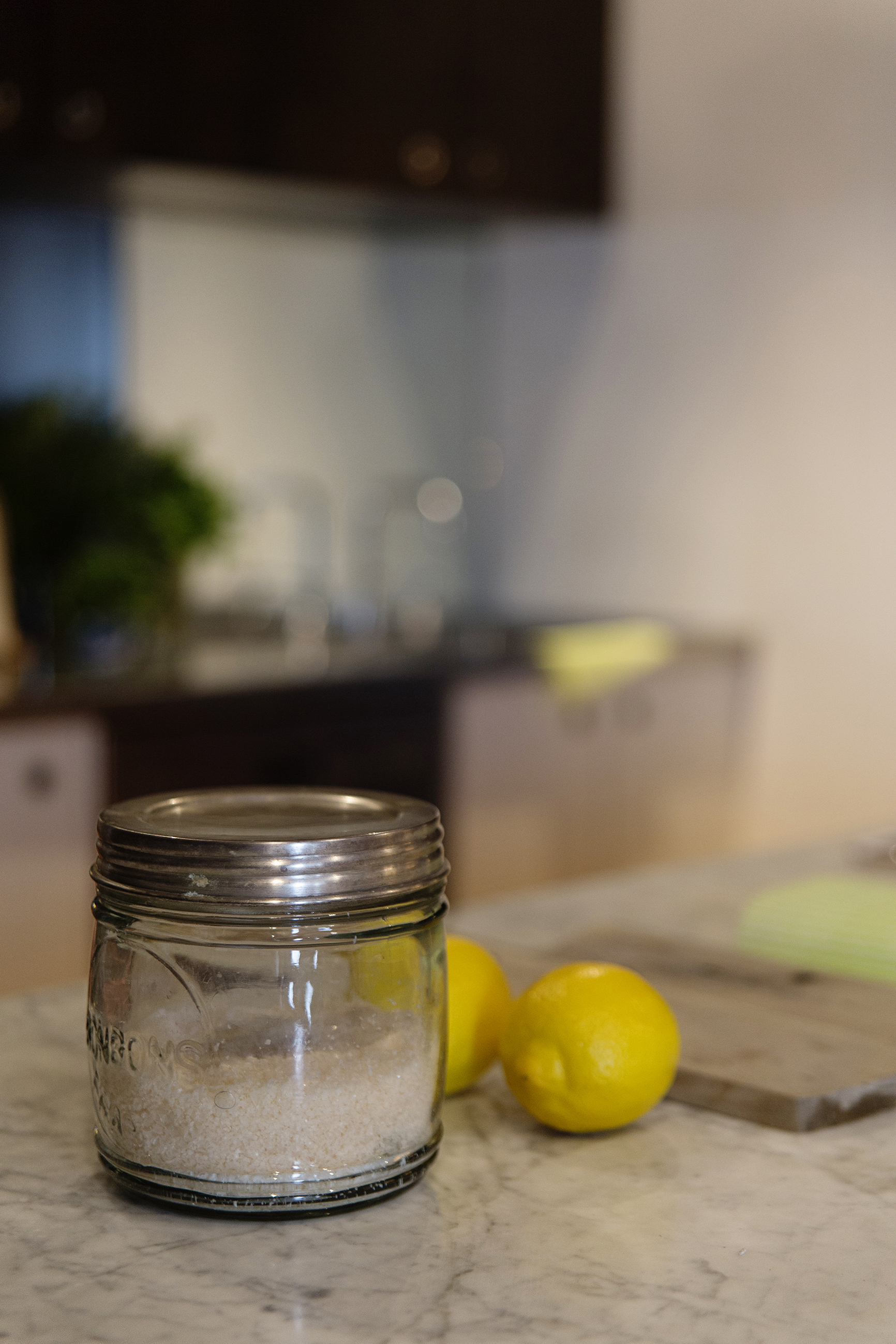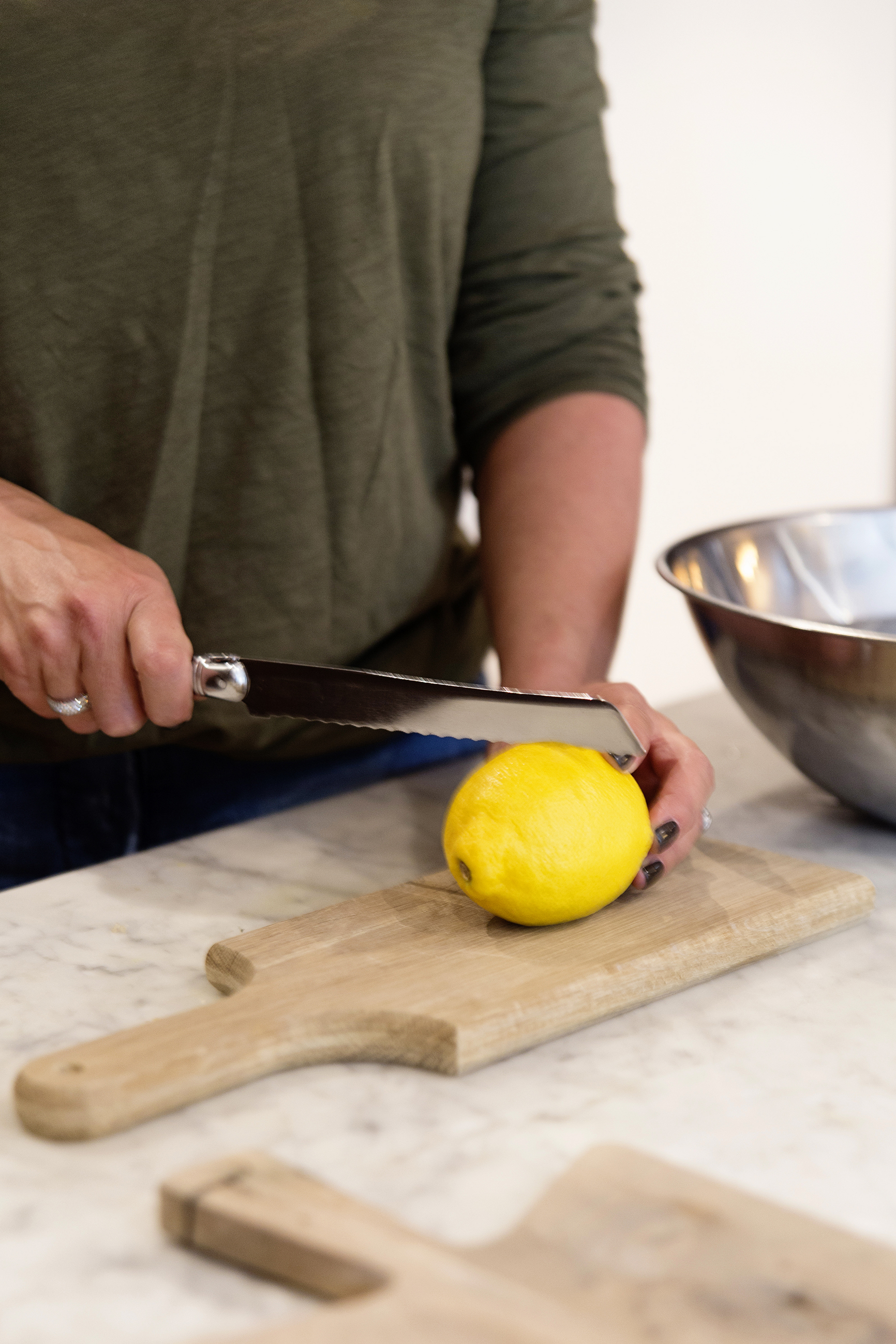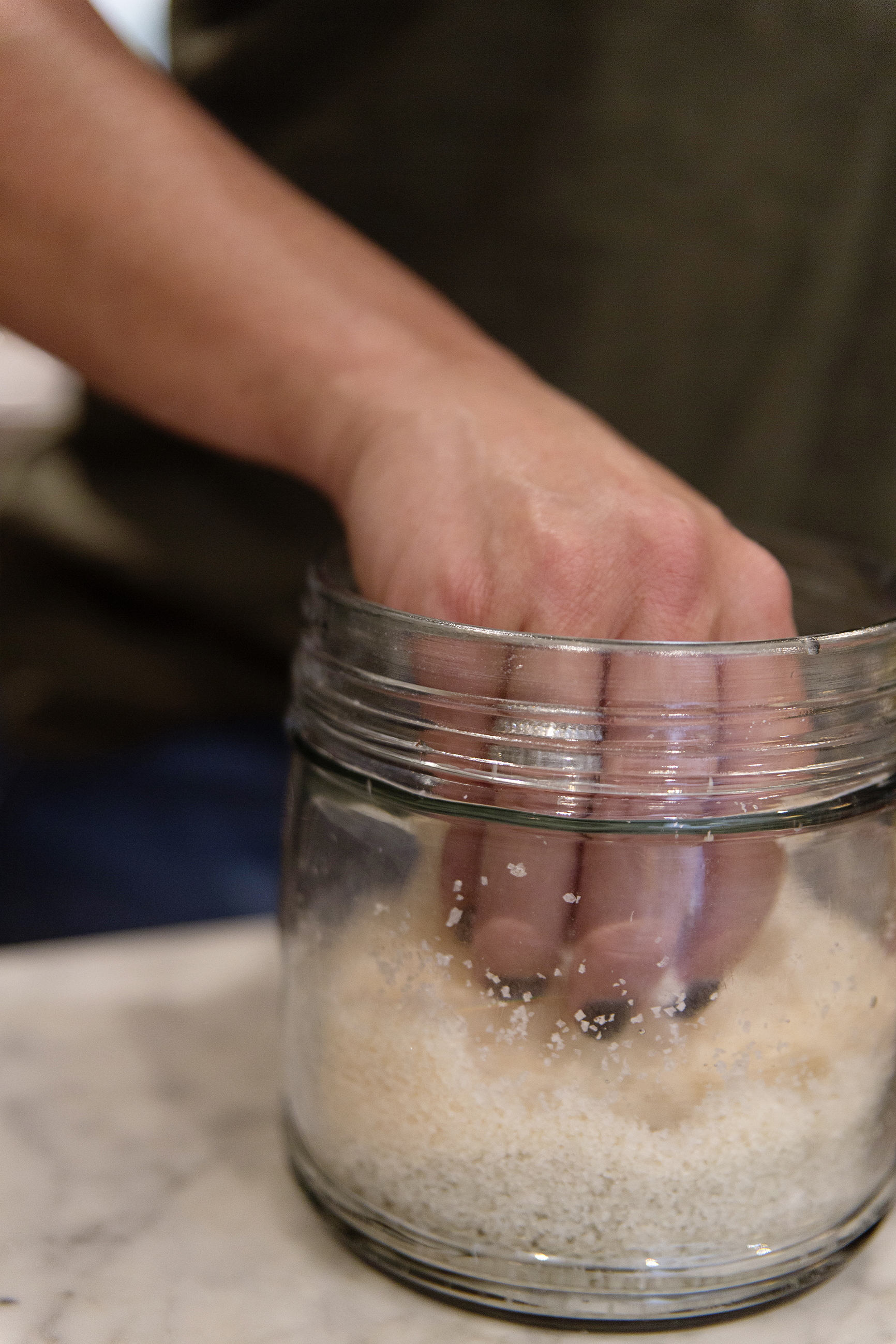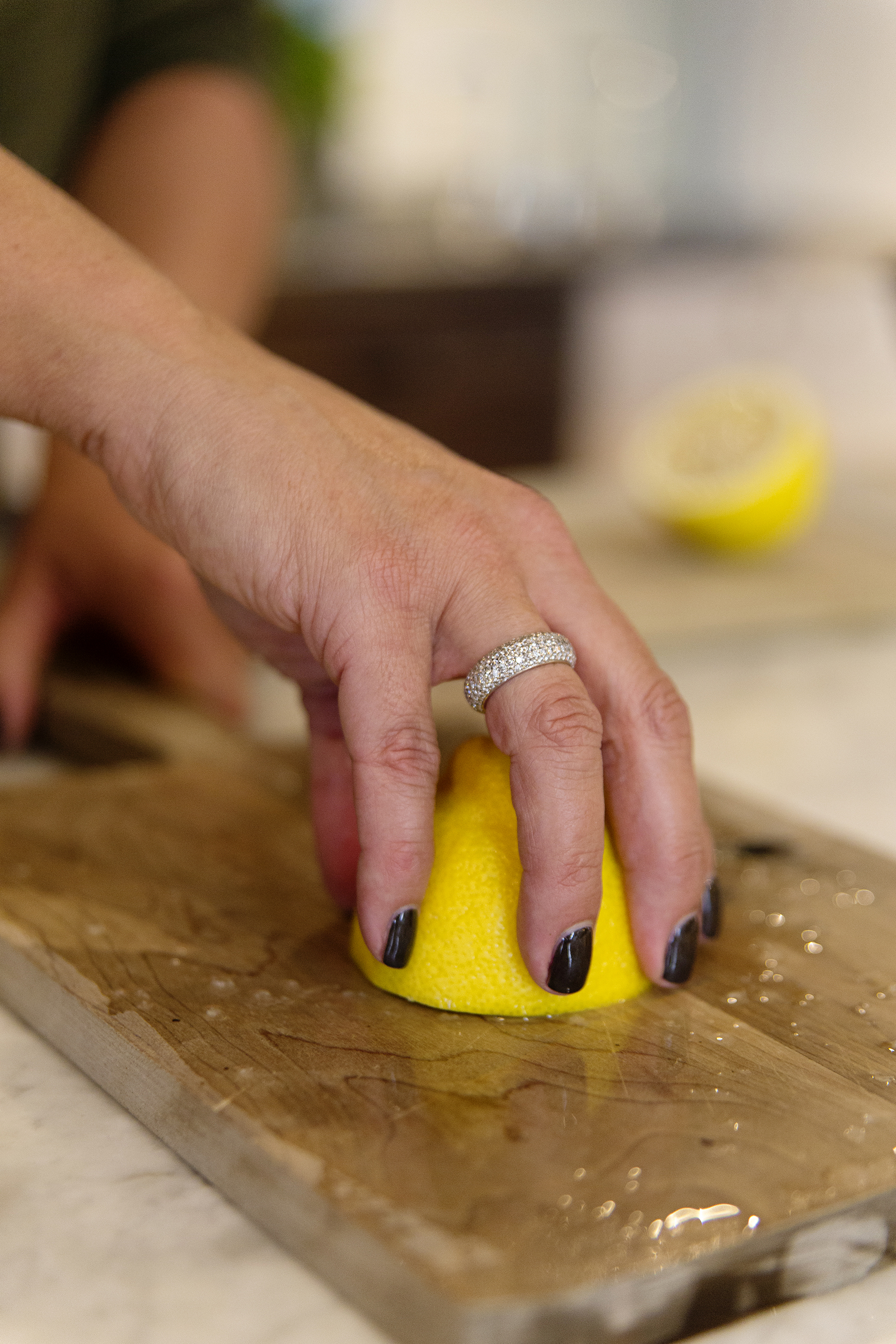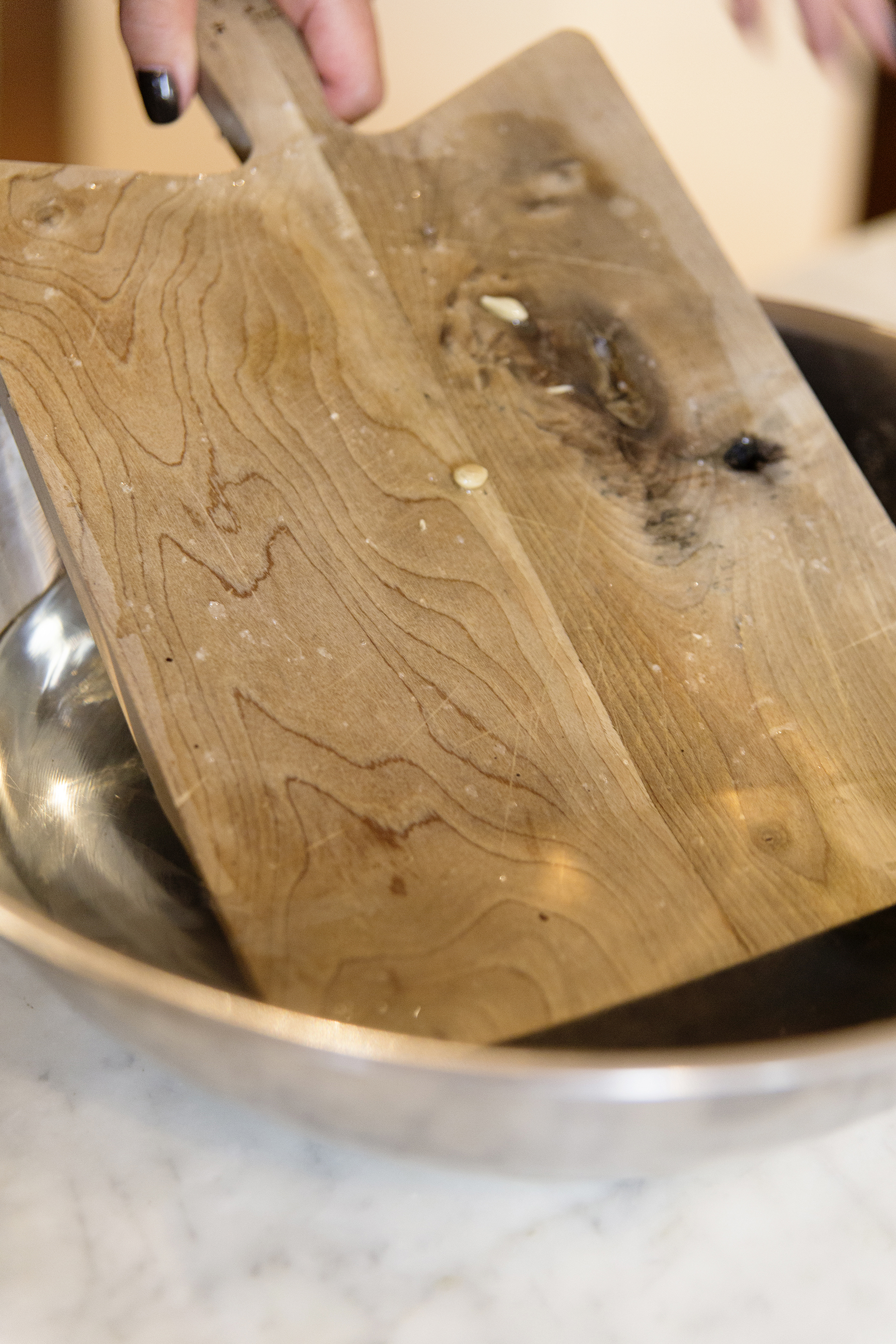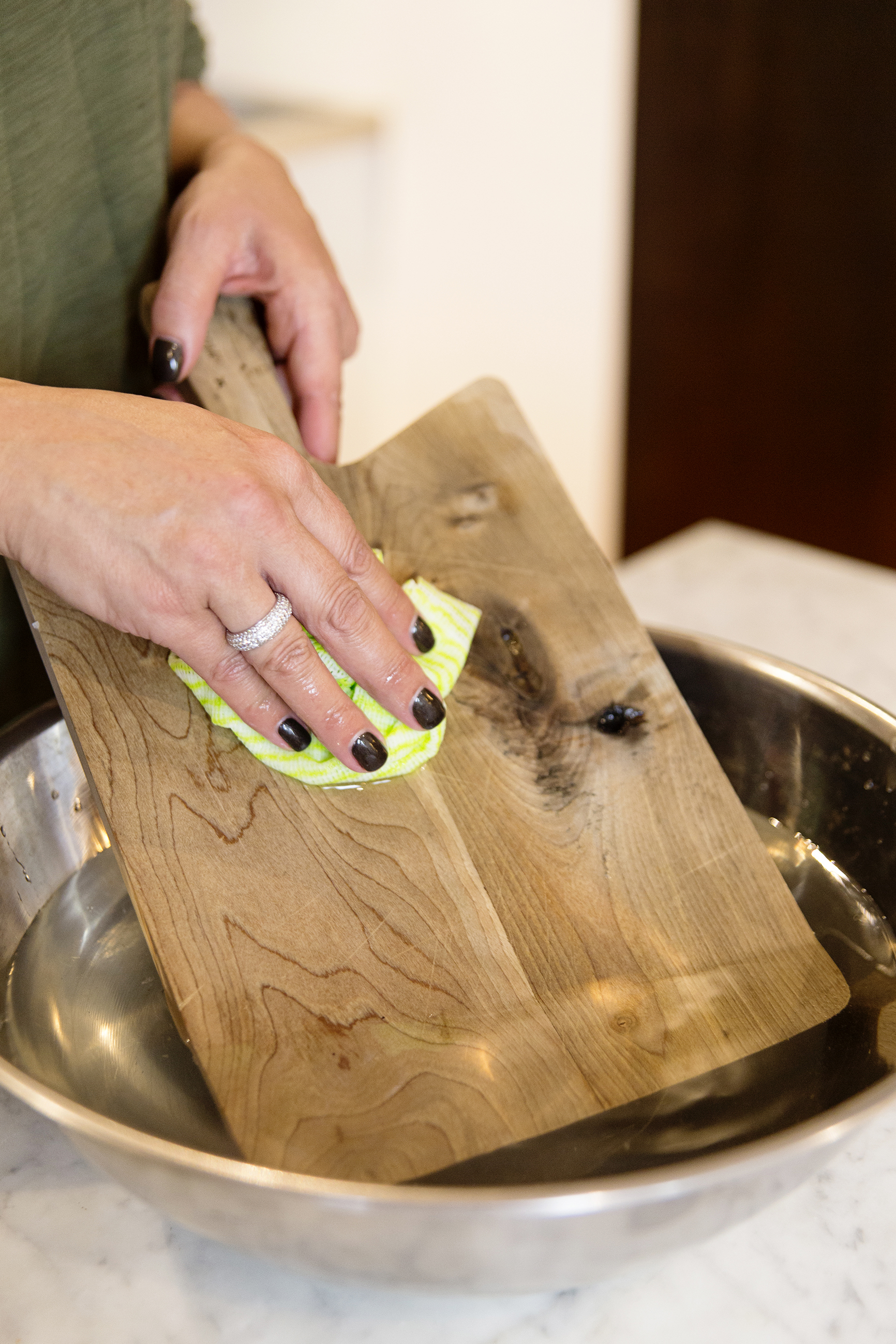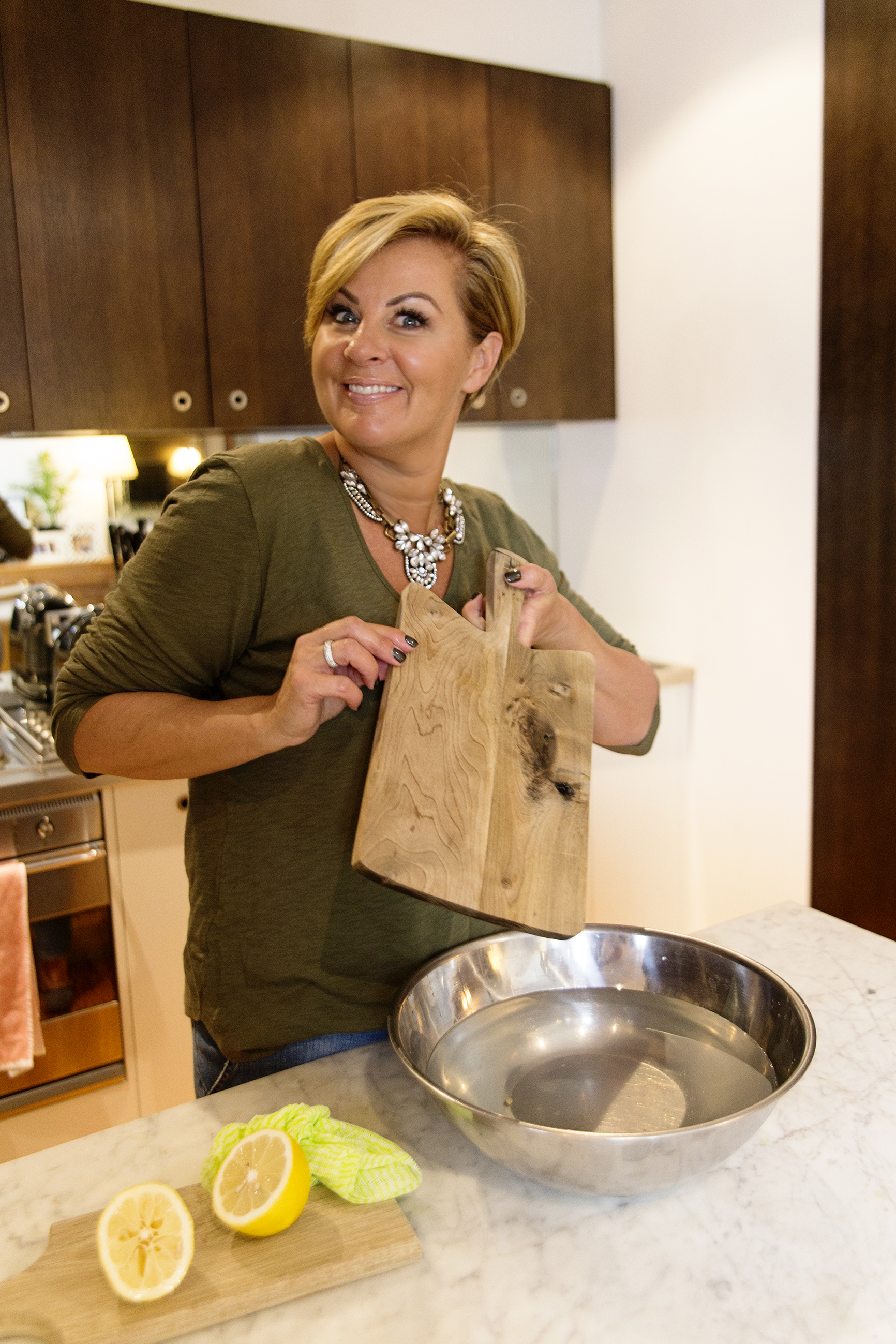How To Keep Your Chopping Boards Fresh & Clean
Boards & accessories by Provincial Home Living.
Everyone has a chopping board, right?
A big old wooden slab that gets used day in day out. You use it for buttering toast on, making your sandwiches on, cutting up your vegetables for dinner. The one that gets wiped and put away piled up against all the others - the small cheeseboard, the serving paddle and the funky fruit shaped board that never quite balances right on your drying rack. We all have them.
But do we know how to look after them? I mean really care for them. I know I had to be schooled on how to care for them properly once a few of my favourite wooden boards started to splinter and stain. Apparently soap and water just won’t do! And you know what, it’s pretty simple.
Keeping your boards in good shape is vital, the amount of food that gets prepared on them warrants the need for cleanliness. A small job that takes five minutes can be done once a month and I promise you will make all the difference in the lifespan of your boards swell as the lifespan of your knives. because wood is soft, your knives will stay sharper than if you use another style of chopping board. The idea of bacterias growing on a board makes my skin crawl and a few simple steps can prolong the life of a good chopping board as well as keep you healthy.
What you need
- Lemon, cut in half
- Coarse salt
- Warm water
- Sponge or cloth
Instructions
- Liberally sprinkle the cutting board with coarse salt.
- Using a lemon half with the cut side down, scrub the surface, rubbing all the salt into the board.
- Let sit for 5-10 minutes, and then scrape the excess off.
- Give the board a good clean with a wet cloth and leave to dry.
Now that your boards are squeaky clean, it’s time to oil them. There are plenty of oils available to give your board a little sheen, they vary from beeswax to olive and grape seed oils. Some oils vary on their taste so be aware that there may be some transfer of flavour from board to food, definitely something to consider if you have any allergies.
I like to use plain old olive oil as I always have some in the house. I simply pour some on the board, spread it around with a paper towel and let it sit for a few hours. Wipe of the excess and get to work, simple!
Credits : Photography by Lisa Atkinson ©Chyka Keebaugh.
